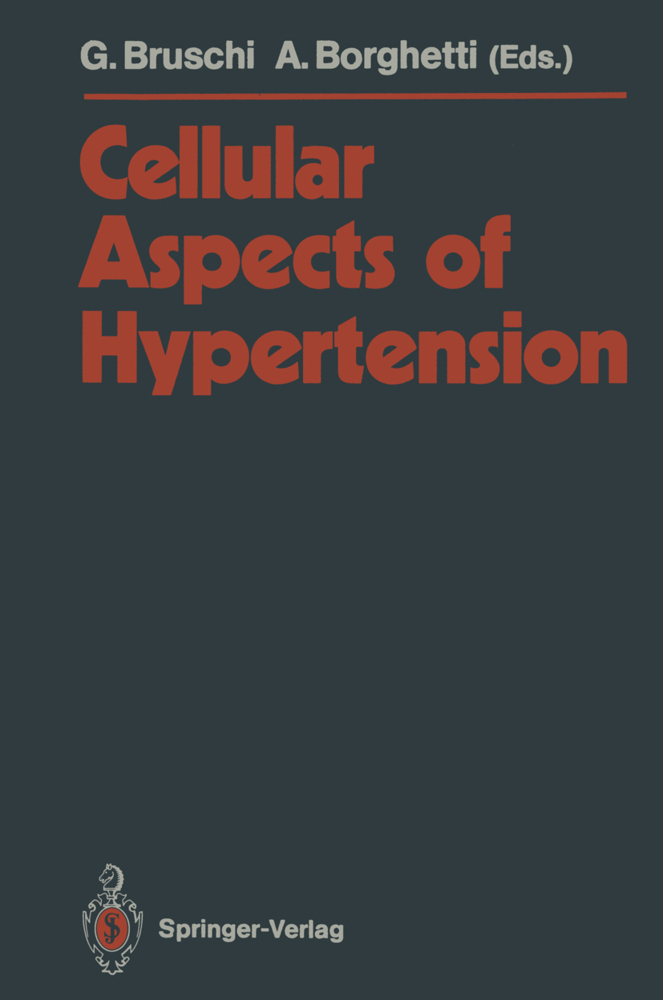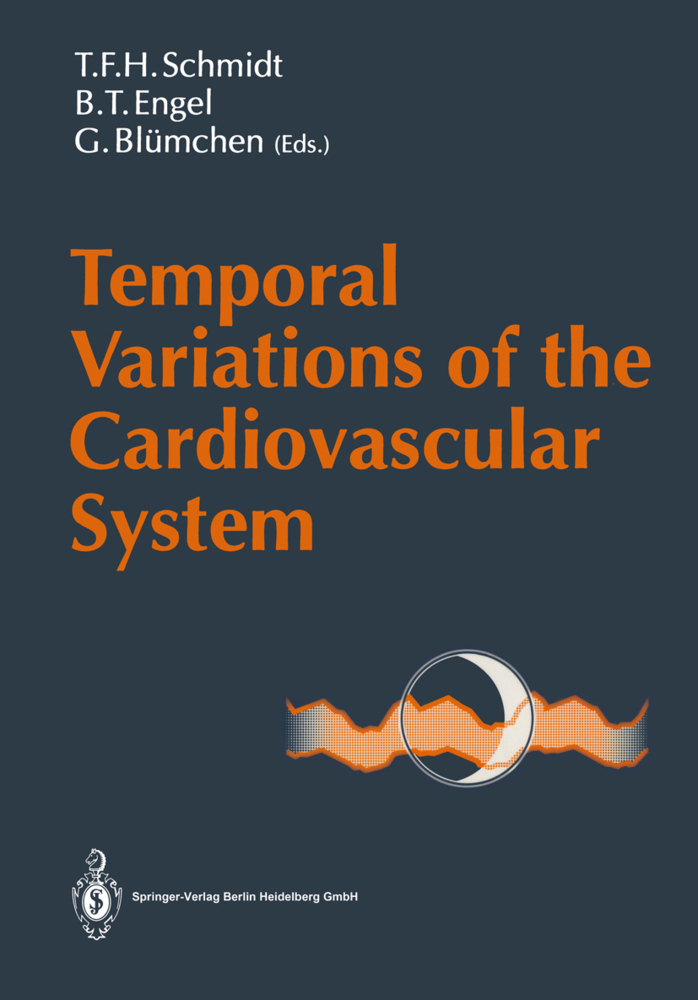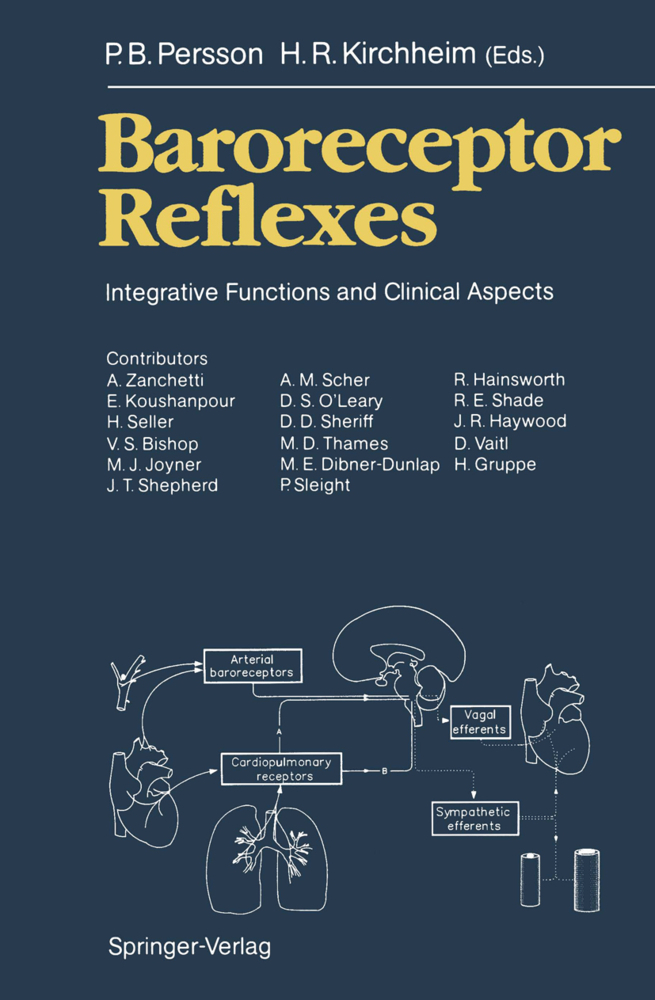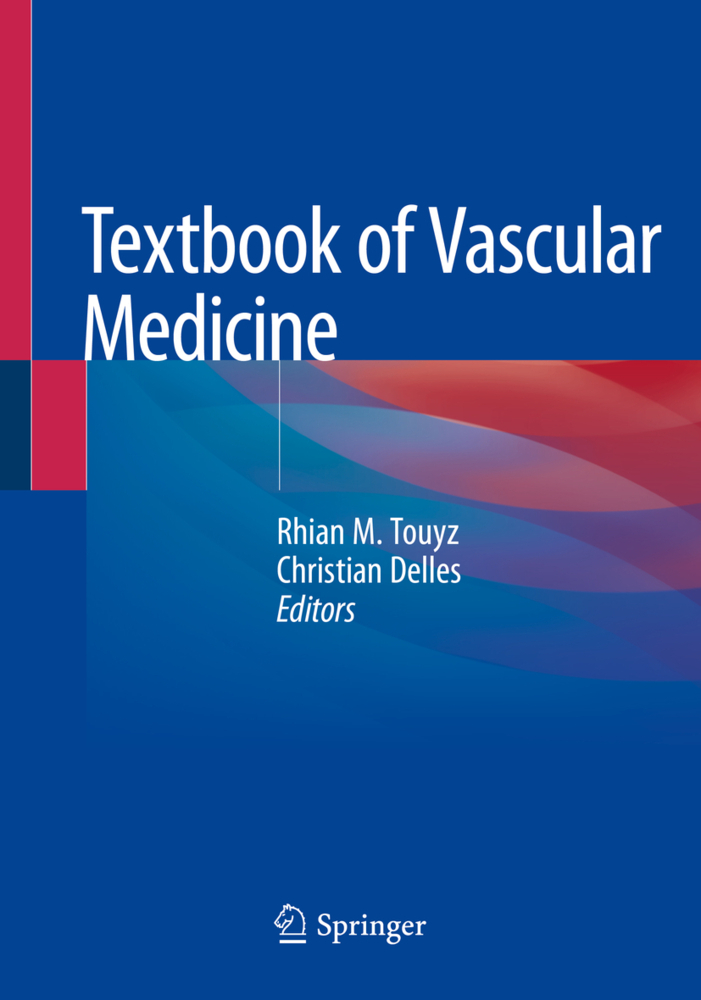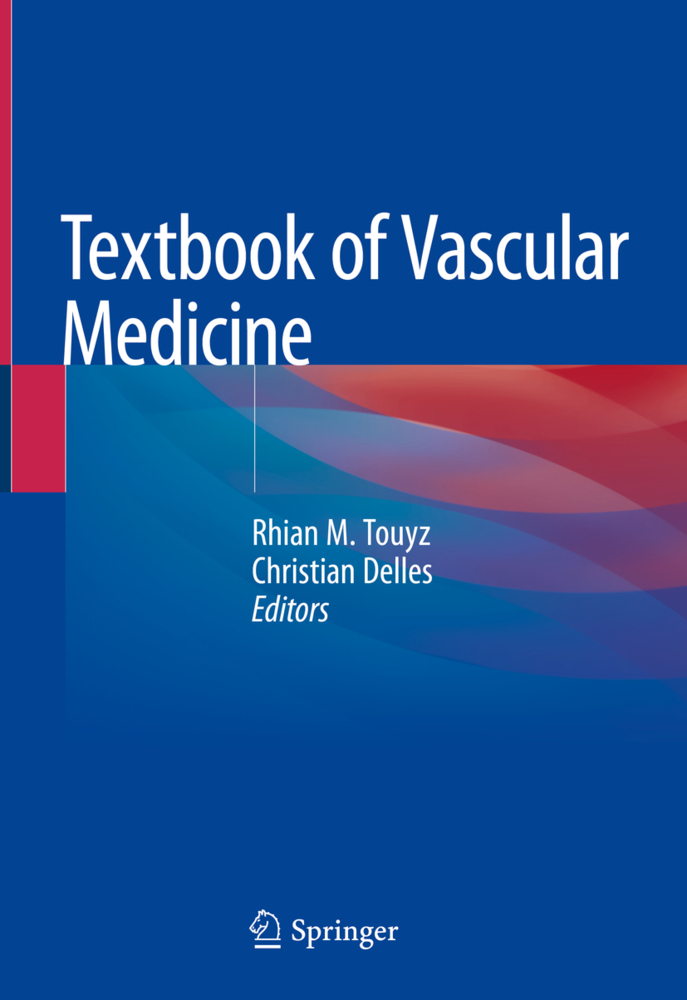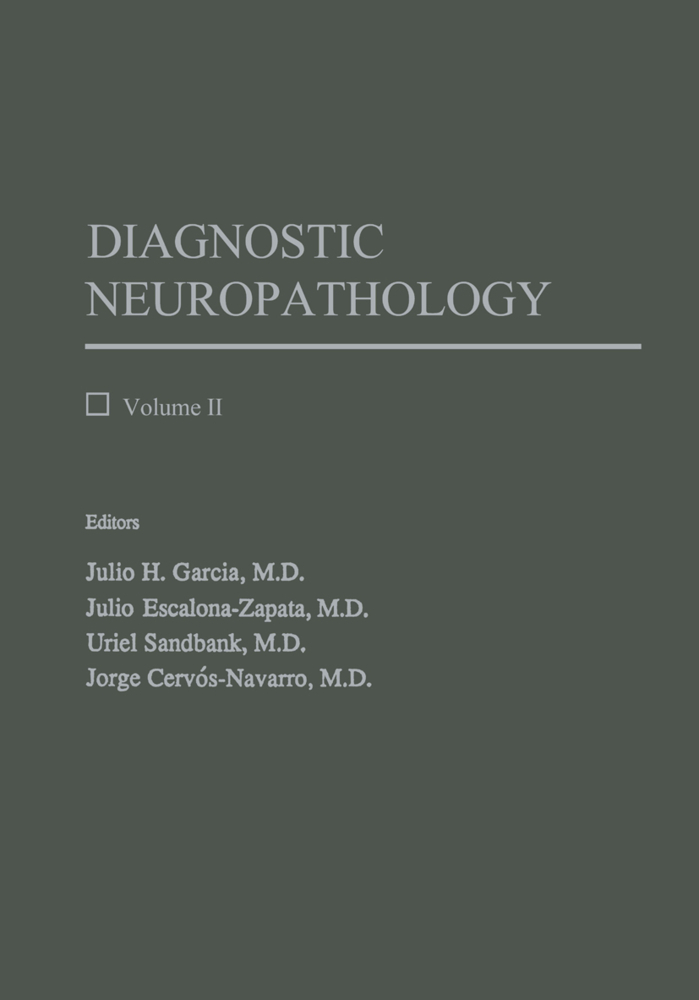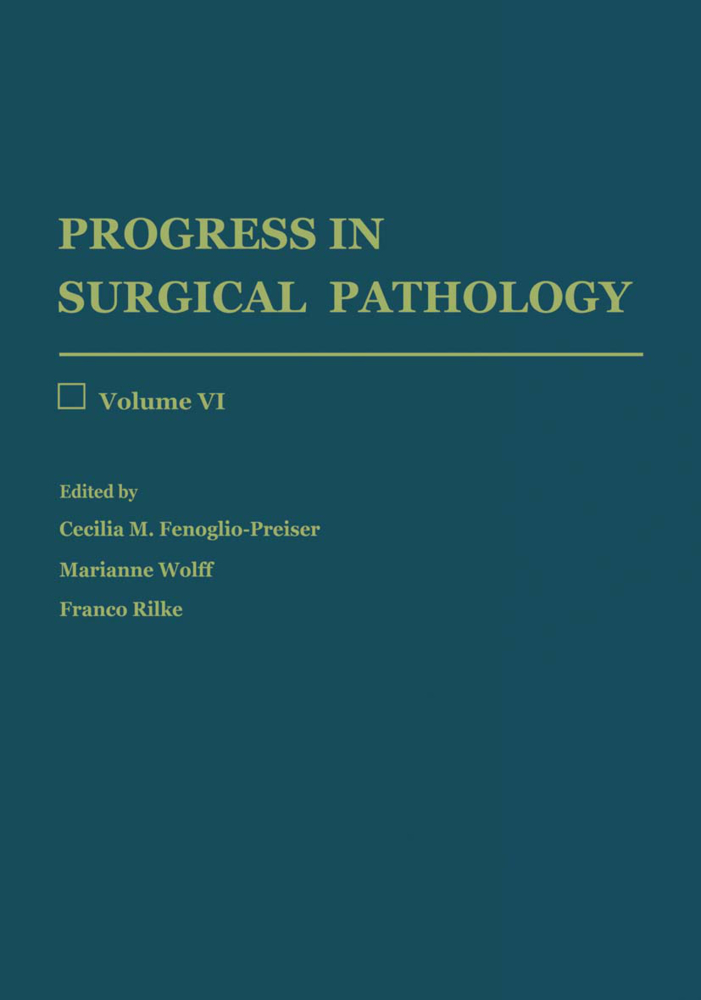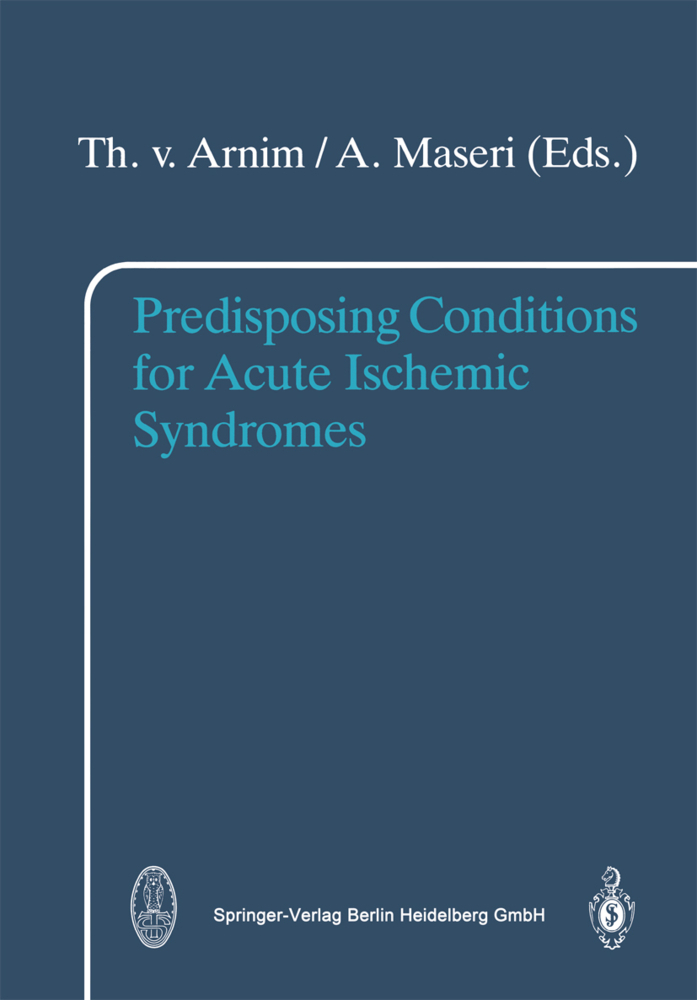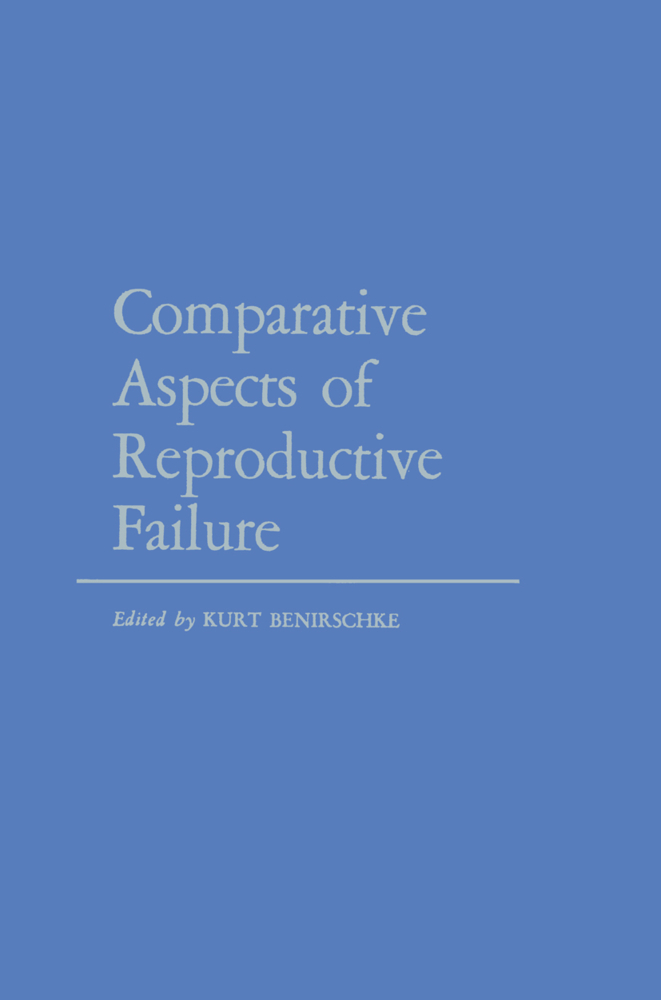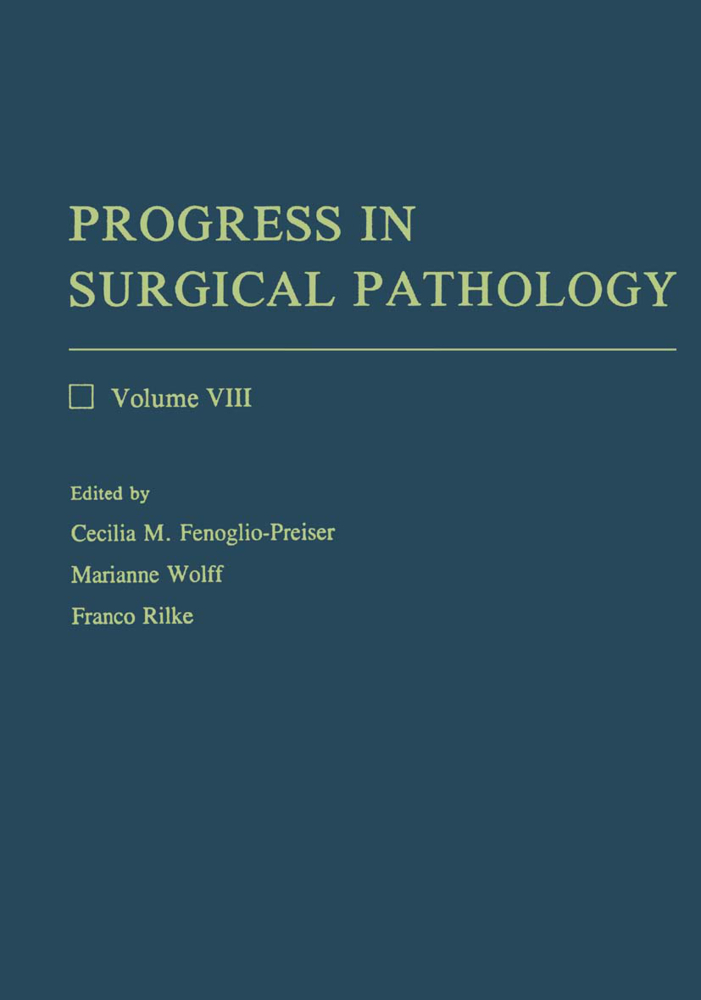Cellular Aspects of Hypertension
Cellular Aspects of Hypertension
In the last two decades, investigations at the cellular level have progressively gained ground in the context of hypertension research. This choice of approach is due to some extent to the build up of know-how that molecular and cellular biology have been producing at a continuous rate. As the contents list of this volume shows, a large mass of work has been directed to gaining some insight into pathogenetic mechanisms. The pathogenesis of primary hypertension has been progressively categorized as a distinct biological problem, not amenable to the theoretical models that proved successful in understanding the nature of secondary forms of hypertension. At the same time, great efforts have been made to simplify this problem by sorting out, if possible, a few crucial mechanisms from the network of contributory factors in the regulation of blood pressure. The idea that what is to be sought is a primary structural and/or functional fault in arterial muscle has met with widespread acceptance. The strength of this argument lies in the fact that peripheral vascular resistance is increased in all forms of hypertension and, in turn, the diameter of resistance vessels is the dominant factor in the computation of total per ipheral resistance. On the basis of this, cardiovascular structural adaptation was proposed as a positive feedback mechanism tending to maintain hypertension, once begun, whatever the initiating factor is.
Vascular Smooth Muscle Cell in Hypertension: Dissecting Out Cause and Effect
Cellular Mechanisms of Spontaneous Hypertension and Stroke: Role of Vascular Smooth Muscle Cells
Hypertrophic Growth of Vascular Smooth Muscle
Biomechanical and Electrical Responses of Normal and Hypertensive Veins to Short-Term Pressure Increases
II: Calcium and Circulatory Control
Dysfunction of Ca2+-pump of Vascular Muscle Membranes: An Important Etiological Factor in Hypertension
Changes in Ca2+ and Ca2+ Sensitivity During Contraction-Relaxation of Arterial Muscle
Superficial Sarcoplasmic Reticulum Regulates Activated and Steady-State Cytosolic Ca2+ Concentrations in Vascular Smooth Muscle
Subsarcolemmal Increase in Intracellular Ca2+ in Vascular Muscle Cells from Spontaneously Hypertensive Rats
Pathogenesis of Essential Hypertension: The Sodium Pump Inhibitor (Natriuretic Hormone) - Sodium/Calcium Exchange - Hypertension Hypothesis
Calcium Metabolism and Its Relationship to Blood Pressure in Humans
Parathyroids, Hypertension, and Vascular Reactivity
Protection Against Hypertensive Cardiovascular Damage by Dihydropyridine Calcium Antagonists
Nifedipine and Vascular Smooth Muscle Cells in Atherogenesis: In Vivo and In Vitro Studies
Sodium/Calcium Exchange in Cultured Human Mesangial Cells
III: Membrane Abnormalities: Blood Cell Models
Relation of Cell Permeability to Salt Sensitivity in Hypertension
RFLP Study of the SHR Genome in Relation to Cell Membrane Abnormalities
Regulation on the Na+/H+ Exchanger in Essential Hypertension: Functional and Genetic Abnormalities
Regulation of the Na+/H+ Exchanger by Protein Kinase C and Its Implicationsin Hypertension: The Platelet Model
Phosphoinositide Metabolism in Hypertension
Lymphocyte Membrane Abnormalities in Hypertension
Structural and Functional Alterations of Platelet Membrane in Essential Hypertension
Platelet Abnormalities in Human Hypertension
Aldosterone Receptors and Effector Mechanisms in Mononuclear Leukocytes in Different Forms of Hypertension
Role of Adrenergic Receptors in Essential Hypertension
Na+, K+, CL? Cotransport System in Primary Hypertension: Studies in Red Cells and in the Choroid Plexus of Spontaneously Hypertensive Rats.
I: Function and Structure of Vascular Tissue
Structure and Function of Resistance Vessels in HypertensionVascular Smooth Muscle Cell in Hypertension: Dissecting Out Cause and Effect
Cellular Mechanisms of Spontaneous Hypertension and Stroke: Role of Vascular Smooth Muscle Cells
Hypertrophic Growth of Vascular Smooth Muscle
Biomechanical and Electrical Responses of Normal and Hypertensive Veins to Short-Term Pressure Increases
II: Calcium and Circulatory Control
Dysfunction of Ca2+-pump of Vascular Muscle Membranes: An Important Etiological Factor in Hypertension
Changes in Ca2+ and Ca2+ Sensitivity During Contraction-Relaxation of Arterial Muscle
Superficial Sarcoplasmic Reticulum Regulates Activated and Steady-State Cytosolic Ca2+ Concentrations in Vascular Smooth Muscle
Subsarcolemmal Increase in Intracellular Ca2+ in Vascular Muscle Cells from Spontaneously Hypertensive Rats
Pathogenesis of Essential Hypertension: The Sodium Pump Inhibitor (Natriuretic Hormone) - Sodium/Calcium Exchange - Hypertension Hypothesis
Calcium Metabolism and Its Relationship to Blood Pressure in Humans
Parathyroids, Hypertension, and Vascular Reactivity
Protection Against Hypertensive Cardiovascular Damage by Dihydropyridine Calcium Antagonists
Nifedipine and Vascular Smooth Muscle Cells in Atherogenesis: In Vivo and In Vitro Studies
Sodium/Calcium Exchange in Cultured Human Mesangial Cells
III: Membrane Abnormalities: Blood Cell Models
Relation of Cell Permeability to Salt Sensitivity in Hypertension
RFLP Study of the SHR Genome in Relation to Cell Membrane Abnormalities
Regulation on the Na+/H+ Exchanger in Essential Hypertension: Functional and Genetic Abnormalities
Regulation of the Na+/H+ Exchanger by Protein Kinase C and Its Implicationsin Hypertension: The Platelet Model
Phosphoinositide Metabolism in Hypertension
Lymphocyte Membrane Abnormalities in Hypertension
Structural and Functional Alterations of Platelet Membrane in Essential Hypertension
Platelet Abnormalities in Human Hypertension
Aldosterone Receptors and Effector Mechanisms in Mononuclear Leukocytes in Different Forms of Hypertension
Role of Adrenergic Receptors in Essential Hypertension
Na+, K+, CL? Cotransport System in Primary Hypertension: Studies in Red Cells and in the Choroid Plexus of Spontaneously Hypertensive Rats.
Bruschi, Giacomo
Borghetti, Alberico
| ISBN | 9783662009857 |
|---|---|
| Artikelnummer | 9783662009857 |
| Medientyp | Buch |
| Auflage | Softcover reprint of the original 1st ed. 1991 |
| Copyrightjahr | 2012 |
| Verlag | Springer, Berlin |
| Umfang | 271 Seiten |
| Abbildungen | XII, 271 p. |
| Sprache | Englisch |

